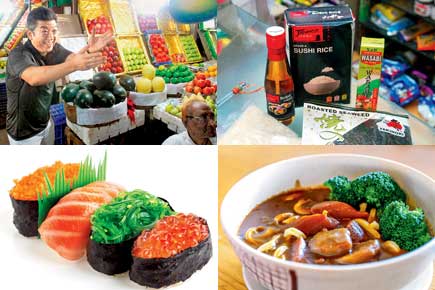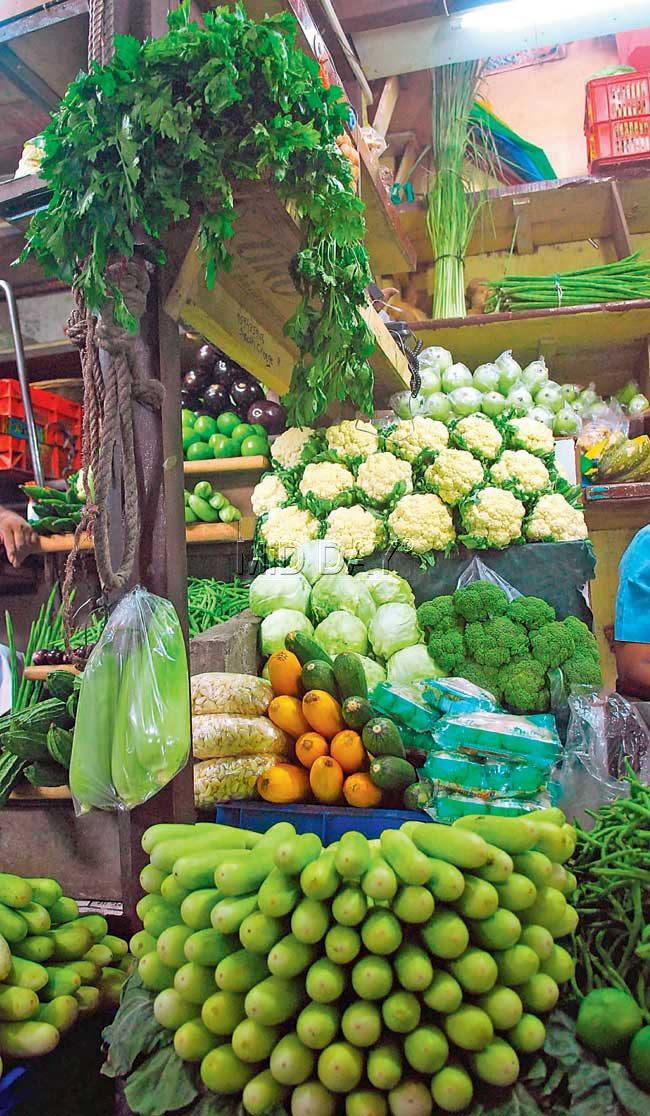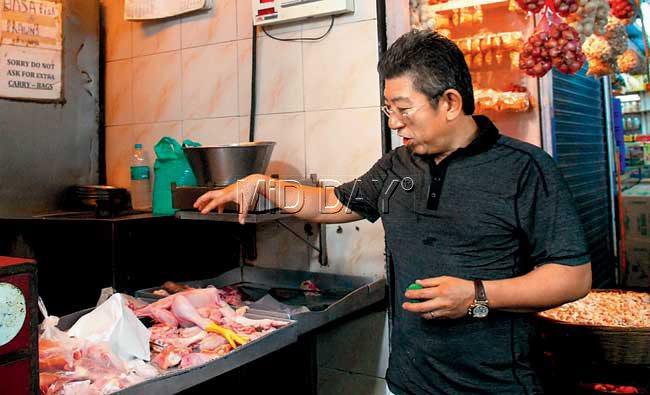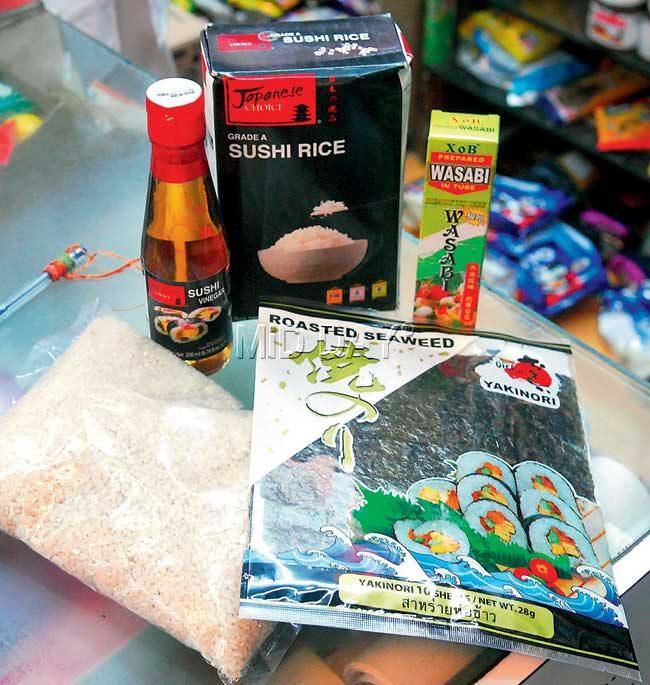Phorum Dalal takes a walk in Crawford Market with Chef Ting Yen, the man behind the soon-to-be-opened Yuuka by Ting Yen at Palladium Hotel in Lower Parel, to source ingredients for Japanese cuisine and finds the difference between sushi, maki and sashimi

Phorum Dalal, Crawford Market, Japanese food, Japanese cuisine, recipes, Maki, Chef Ting Yen, Yuuka, Yaki Yasai (Japanese-style sautu00c3u00a9ed veggies), sashimi, Mumbai Food
We don’t get to see this in Boston!” says an excited Chef Ting Yen. His eyes twinkle at the sight of the fresh vegetable and fruit produce at Crawford Market on a Tuesday morning amid the mad frenzy of vendors and patrons.
Chef Yen, who will launch Yuuka by Ting Yen at Palladium Hotel in Lower Parel by the end of this month, is ecstatic on seeing a plethora of fresh veggies. Understandably so, as Japanese food is simple and healthy, often comprising rice that is usually served with miso or soup, fish and cooked vegetables. I interrupt him and ask him what’s the difference between sushi, sashimi and maki, since all three have now become popular in Japanese restaurants across the city. “Sushi is fish over rice, sashimi is just fish and maki is a roll,” he informs me.
ADVERTISEMENT

Fruits, such as watermelons, apples and mangoes are used in Japanese desserts as well as salads
He adds that Japanese cuisine is quite fragrant and herbs play an important role in it. He stops at a herbs shop and reaches out for sage, thyme, rosemary, basil, ginger and mulberry and lemongrass.
As we walk along, the vendors welcome Yen with a namaste. “I have been here thrice,” he tells me, as he picks up a bunch of long asparagus. “In the US, you get short and stout asparagus. These long ones are the pencil variety,” he adds.

Cauliflower, broccoli, zucchini and cucumbers are common to Japanese cuisine. The veggies are not boiled too much to retain their crunchiness. Pics/Sayyed Sameer Abedi
He elaborates that micro greens such as Chinese cabbage add a crunchy texture and colour to a dish. Among vegetables, he picks up the red and yellow bellpeppers, zucchini, corn, baby corn, broccoli along with sprouts and cherry tomatoes. “We use lemons and citrus limes to add a tang to our food. To balance the sourness, we add honey, brown sugar and sometimes dates,” he says while rummaging for some fresh garlic through a pile. “The Japanese love garlic. Along with pine nuts, coriander and onions, it’s a basic ingredient in almost every dish,” explains Yen, who owns fine-dining restaurant Oishii Boston and its casual counterpart, Oishii Sushi Bar, in Boston, Massachusetts.

The seafood and meats are cooked in salt water or flavoured broth
For dessert, Yen selects fruits such as apples, dragon fruit, mango, oranges and watermelon and plans to pair them with prunes and raisins. “One dessert will be fruits mixed with coconut milk called Coconut Sphere,” he says.
Explaining the Japanese cooking techniques, he says, “We do a lot of steaming, baking, rolling and instant cooking over the flame. The side dishes come together to make a wholesome meal. For example, rice is served with veggies and seafood. Tuna, eel, shrimp, lobsters, scallops, squids, king crabs and soft shell crabs are some of the common seafood found in Japanese meal. All we do is soak it in salt and poach it in a flavoured broth. Japanese also make dashi, a watery soup or stock.”

Ready-to-use wasabi (Rs 180), roasted seaweed sheets (Rs 220 for 10), Sushi vinegar (Rs 160) and rice (Rs 450 for half kg) is available at VK Store at Crawford Market
To Indianise the flavour in his soon-to-be-opened restaurant, he explains that he has upped the spice levels in the food. “I’ve also used a lot of coriander and cumin to make it more palatable,” he signs off.
 Subscribe today by clicking the link and stay updated with the latest news!" Click here!
Subscribe today by clicking the link and stay updated with the latest news!" Click here!







